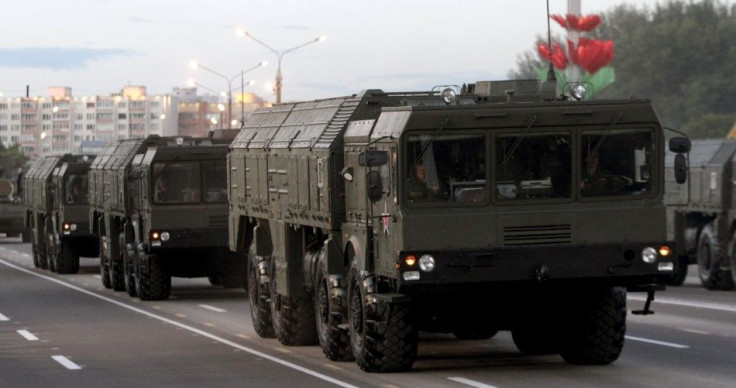MH17 Update: Missile That Took Down Airline ‘Undeniably’ Provided By Russian – Report

The missile that downed Malaysia Airlines MH17 in July came from Russia that was set off from a Buk missile launcher also supplied by the same country to separatist rebels in Ukraine, a crowd-sourced investigation claimed.
The information on the report, called the Bellingcat project, was culled by British investigative journalist Eliot Higgins and other researchers from "publicly available published and broadcast material." The researchers combined citizen journalist and social media accounts as well as used eyewitness material and satellite images to come up with their conclusions.
Malaysia Airlines MH17 was shredded into pieces at the skies over eastern Ukraine on July 17. According to the report, the Buk missile launcher used for the operation was seen being unloaded in Snizhne at least three hours before the downing. Later, the launcher was seen driving through separatist-controlled Luhansk, but minus one missile. Snizhne is a town close to the crash site, the report said.
Between June 22 and June 25, Higgins and the team claimed the contested Buk missile launcher was part of a military convoy from the 53rd Anti-Aircraft Missile Brigade that had travelled from the Russian town of Kursk to the Ukraine border. The movement, captured in photos and videos, show strong evidence that the Russian military had "provided" separatists in eastern Ukraine military weapons. The report, however, cannot ascertain who actually fired the missile.
"Some of these vehicles returned to the 53rd Anti-Aircraft Missile Brigade base in Kursk and joined the July 19th convoy from the base, while at least one other, a Buk missile loader (3x2), appears to have left the main convoy and towards the Ukrainian border, close to a separatist-held crossing... three days later a video was uploaded showing that the Buk system loader unit was very close to the Ukrainian border," the report stated.
Four months after the tragic aviation disaster, the recovery mission in Ukraine and official investigation for the downed MH17 still continues, led by the Dutch Safety Board. It still has yet to conclude its final findings. Over the weekend, Dutch foreign minister Bert Koenders announced the bodies of the last nine victims may never be recovered. The Malaysia Airlines flight was en-route to Kuala Lumpur from Amsterdam when it was shot down. All 298 on board died.
Immediately after the tragic fall of MH17, global nations accused Russian-backed rebels as responsible for the downed flight using a missile supplied by Moscow. Russia has repeatedly denied the claim. It passed on the finger pointing to Kiev.





















